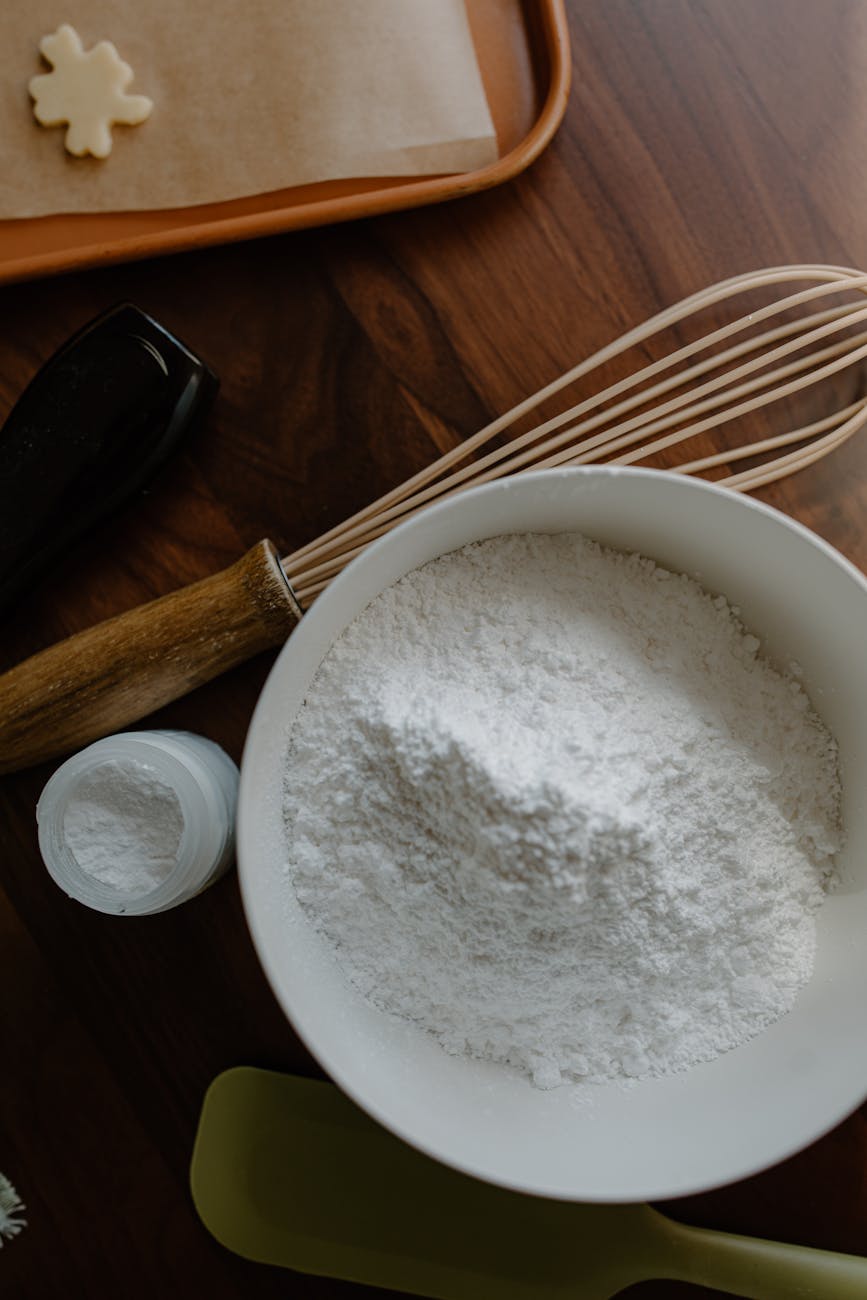Getting the Gist on Cooking Measurements
Ever tried making Grandma’s cookies only to end up with hockey pucks? We’ve all been there. Cooking and baking have no room for guesswork—it’s all about nailing those measurements. Whether you’re a pro in the kitchen or just starting to find your way around a recipe, knowing your measuring game is half the battle in dishing out tasty treats or savory delights.
Why Precision is Key in the Kitchen
First off, let’s talk about why getting those measurements right is such a big deal. It’s like this: your recipe is a balancing act. Too much of one thing, too little of another—next thing you know, you’ve got a cake flatter than a pancake or cookies that might break a tooth. In baking, especially, tiny changes can alter everything. We’re talking about a mad science of flour, sugar, and baking powder that can turn your mouth-watering recipe into an epic fail with just a slight mishap in measuring.
Same goes for your chili or grandma’s secret pasta sauce. Hit the wrong amount of spice, and your sizzling masterpiece could become an unpalatable mess. Measuring ingredients just right means you’re in control of how well all those amazing flavors come together.
Turning Grams into Cups: The 150g Mystery
Ever stumble upon a recipe that throws grams at you when you only speak cup-ese? We’ve been there, squinting at the instructions, wondering how much 150 grams of this-or-that equals in the ol’ cups and spoons. Knowing how to make these conversions is a lifesaver, keeping your creations as close to the original as they’re meant to be.
For our fellow cup loyalists, here’s a cheat sheet (because who doesn’t love a good cheat sheet):
| Ingredient | 150g in Cups |
|---|---|
| All-Purpose Flour | 1 1/8 cups |
| Granulated Sugar | 3/4 cup |
| Butter | 2/3 cup |
| Rolled Oats | 1 1/2 cups |
| Water | 3/4 cup |
Just remember, each ingredient’s got its own personality—what weighs 150 grams in flour isn’t the same in sugar. So, it’s not just about doing some math; it’s about knowing what each ingredient needs. If you’re ever in a jam (pun absolutely intended), we’ve got more guidance on how a cup measures in grams.
Getting cozy with precise measuring means more hits and fewer misses in the kitchen. So go ahead, unleash your inner chef with confidence, and let the good times—and goodies—roll!
Conversion Methods
Figuring out how to bounce between different units of measurement in the world of cooking and baking can seem like a challenge. But once you crack the code, it’s a game-changer. We’ll break down two handy strategies: using trusty old conversion charts and figuring out the grams-to-cups shuffle for everyday ingredients.
Using Standard Conversion Charts
Think of standard conversion charts as your kitchen GPS. They steer you through converting measurements like grams to cups—without missing turns. These charts are lifesavers when you want to nail a recipe and dodge any culinary catastrophes. Whether you’re juggling grams, cups, ounces, or tablespoons, having a chart means you’re in good hands and can whip up magic more seamlessly.
When you rely on a solid conversion chart, turning measurements from one unit to another becomes a stress-relieved task. You know those recipes you love that come from far-off lands with bizarre units? Yep, charts got your back there too. Know them well, and you’ll ace any recipe conversion, keeping your cooking and baking on point.
| Grams (g) | Cups (c) |
|---|---|
| 50g | 1/4 cup |
| 100g | 1/2 cup |
| 150g | 3/4 cup |
| 200g | 1 cup |
| 250g | 1 1/4 cups |
| 300g | 1 1/2 cups |
How to Convert Grams to Cups for Common Ingredients
Turning grams into cups for ingredients we all use daily is something every kitchen wiz should know. Sure, the nitty-gritty can depend on the density and texture of what you’re measuring, but there’s some common ground to stand on.
Here’s a little cheat sheet for popular ingredients:
| Ingredient | Grams to Cups Conversion |
|---|---|
| All-Purpose Flour | 1 cup = 120g |
| Granulated Sugar | 1 cup = 200g |
| Butter | 1 cup = 227g |
| Brown Sugar | 1 cup = 220g |
| Rolled Oats | 1 cup = 90g |
| Milk | 1 cup = 240g |
When you know how to make sense of grams and cups for these kitchen staples, adjusting recipes to your taste or pantry becomes a breeze. Always check trustworthy sources or conversion apps to keep those measurements spot-on in all your delicious creations.





